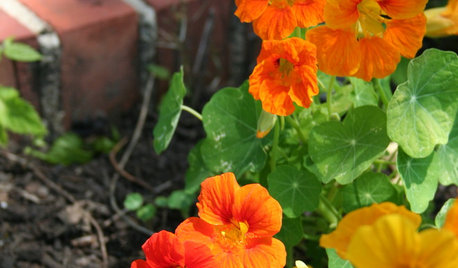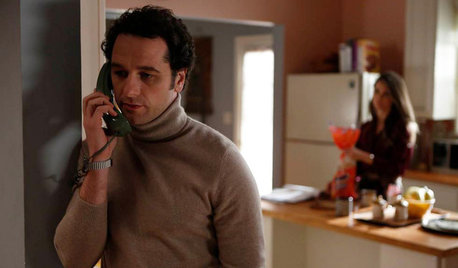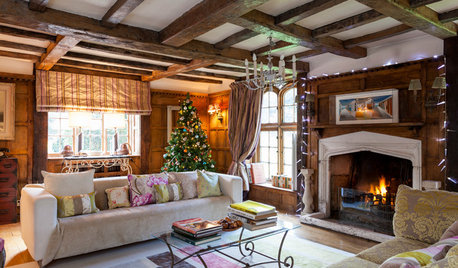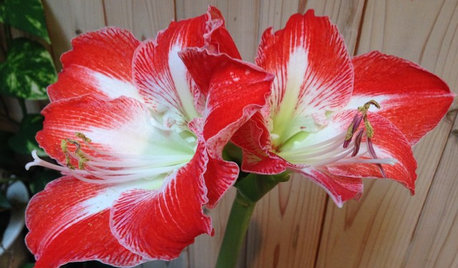Grub eating hippeastrum bulbs from the inside
pizzuti
12 years ago
Related Stories

GARDENING GUIDES6 Unsung Bulbs for Fall Planting
Don't hang up your spade after summer — plant these unusual bulbs in fall for a spectacular spring show
Full Story
PETSGarden Alert: 22 Plants to Keep Away From Pets
Avoid potential danger by keeping dogs and cats away from these landscaping and houseplant favorites
Full Story
DECORATING GUIDES10 Fresh-Brewed Ideas to Steal From Your Local Café
Bring elements of your favorite coffee shop into your home and make it a place you’ll want to relax in for hours
Full Story
GARDENING GUIDESDon’t Let These Excuses Keep You From Gardening
Stop blaming your lack of experience, space, time and funds, and get on with the joy of garden making
Full Story
KITCHEN DESIGN20 Kitchen Must-Haves From Houzz Readers
We asked you to tell us your top kitchen amenities. See what popular kitchen features made the list
Full Story
WHITE KITCHENS4 Dreamy White-and-Wood Kitchens to Learn From
White too bright in your kitchen? Introduce wood beams, countertops, furniture and more
Full Story
DECORATING GUIDESPop Culture Watch: 12 Home Trends from the '80s Are Back
Hold on to your hat (over your humongous hair); interior design elements of the 1980s have shot forward to today, in updated fashion
Full Story
WORKING WITH PROSInside Houzz: An Interior Design Match Made Right Here
See a redesign that started on Houzz — and learn how to find your own designer, architect or other home pro on the site
Full Story
HOUZZ TOURSMy Houzz: Step Inside a Converted Medieval Priory
The owners of this historical property have used vintage finds and a playful style to create a welcoming family home
Full Story
WINTER GARDENINGHow to Get an Amaryllis to Rebloom
Enjoy glorious flowers year after year just when you need them most, with this step-by-step strategy
Full StorySponsored
More Discussions



haweha
joshy46013
Related Discussions
Grub eating through the roots of my bulbs? Help
Q
Hippeastrum from seed??
Q
Hippeastrum species from Peru.....maybe
Q
Who is eating my bulbs??
Q
pizzutiOriginal Author
haweha
bluebonsai101
pizzutiOriginal Author
haweha
anna_in_quebec